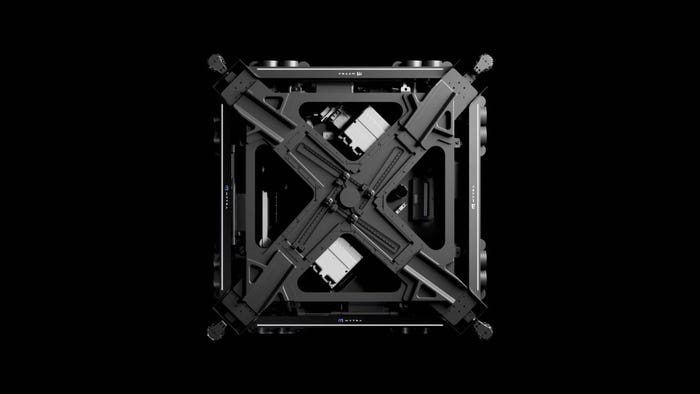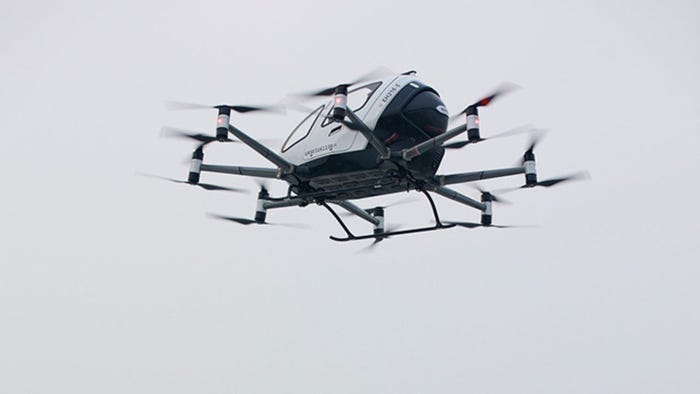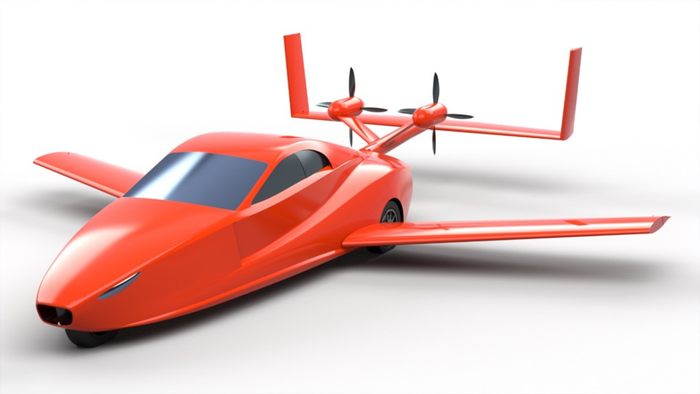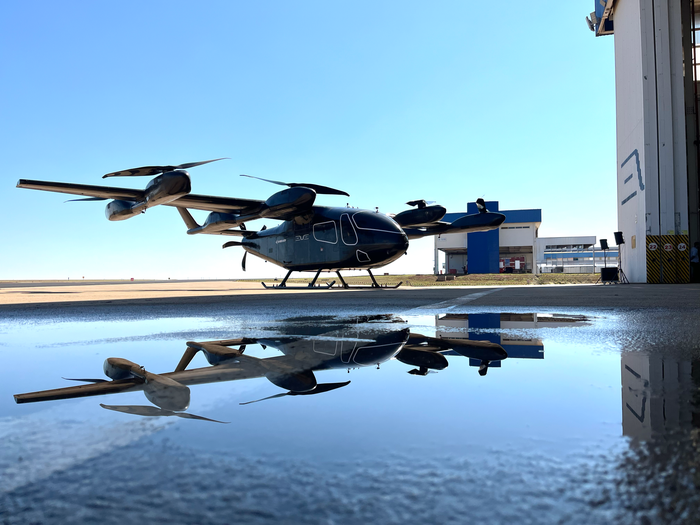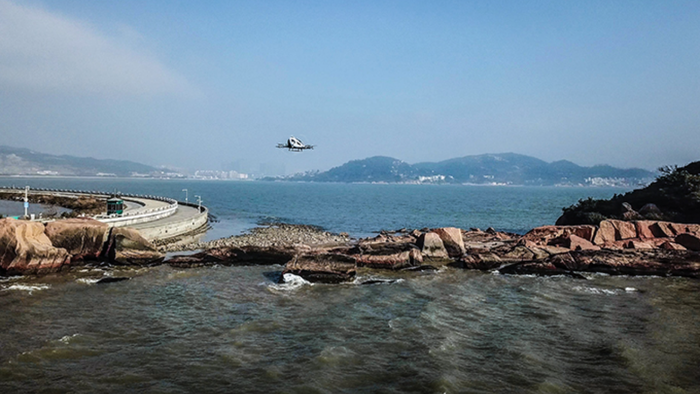IoT Goes Mainstream In Non-Health Consumer Space: The Case of Online Water Purification
How IoT Transforms the Non-Health Consumer Space and Solves the Global Water Crisis. Bridging the Digital and Physical Worlds for a Healthier, More Sustainable Tomorrow.
April 24, 2024

The Internet of Things (IoT) is a key invention in today's digitally-driven world, smoothly bridging the gap between the real and the virtual and making once-futuristic dreams into today’s reality. Although the introduction of IoT has revolutionized several industries, its integration into non-health consumer areas has recently gained prominence. Water purification is one example of how this shift is being used, as this field is becoming increasingly important in light of the present worldwide water issue.
This paper dives deep into the growth trajectory of IoT, with the consumer IoT market projected to soar to an astounding USD 616.75 billion by 2032. This increase is partly owing to technological developments like widely available sensors and the ubiquity of cloud computing. These technological wonders enhance the capabilities of IoT while also democratizing access to it. Particularly noteworthy is cloud computing, which makes it possible to store, analyze, and share data from IoT devices effectively.
The global water crisis, affecting billions worldwide, underscores the urgent need for reliable water purification solutions. The Internet of Things introduces new devices into water management. Smart sensor systems that enable real-time monitoring provide customers with quick feedback on the water quality, ensuring the constant supply of safe drinking water. This real-time data transfer is essential because it offers useful information that triggers fast responses, such as filter replacements or resolving unexpected contaminations.
The Smart Water Filter Health Monitoring System, a revolutionary solution with real-time monitoring capabilities, is at the center of our research. Such advancements usher in a new era of water safety, making drinking water assessment and assurance both complex and user-centric in a world struggling with water quality issues.
The paper also touches upon the complex interplay between water quality standards and IoT. Regulatory agencies worldwide have set rigorous water quality standards that IoT devices must adhere to, ensuring water purification systems are both effective and reliable. As IoT continues its expansive growth, it's anticipated that future regulations will further hone in on device accuracy, security, and sustainability.
In conclusion, as we usher in 2023 and beyond, the ever-expanding horizons of IoT hint at a future where its applications, such as in water purification, become indispensable. From revolutionizing home amenities to tackling global challenges, IoT's influence is poised to reshape our lives, emphasizing its unparalleled role in modern technology.
You May Also Like



